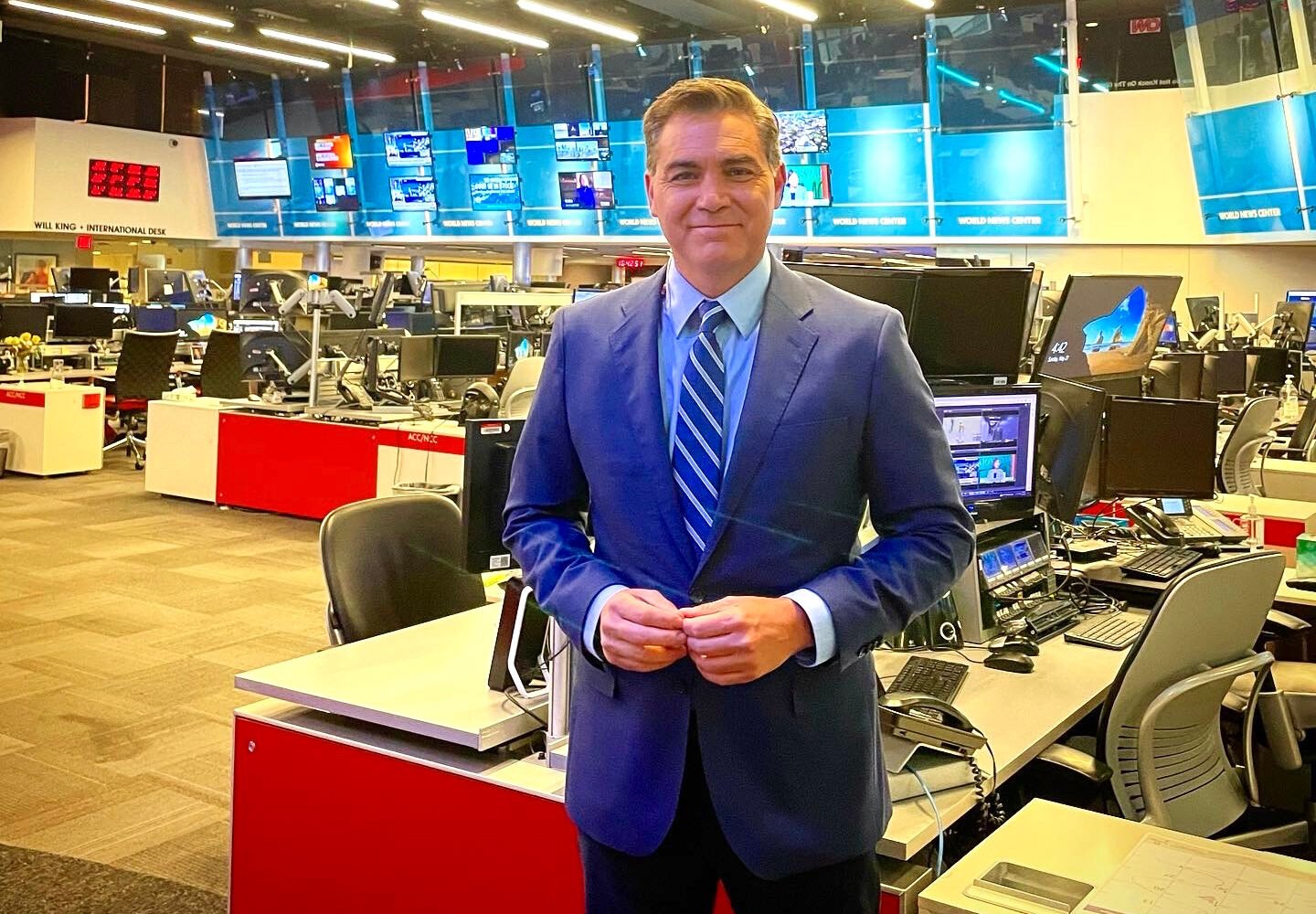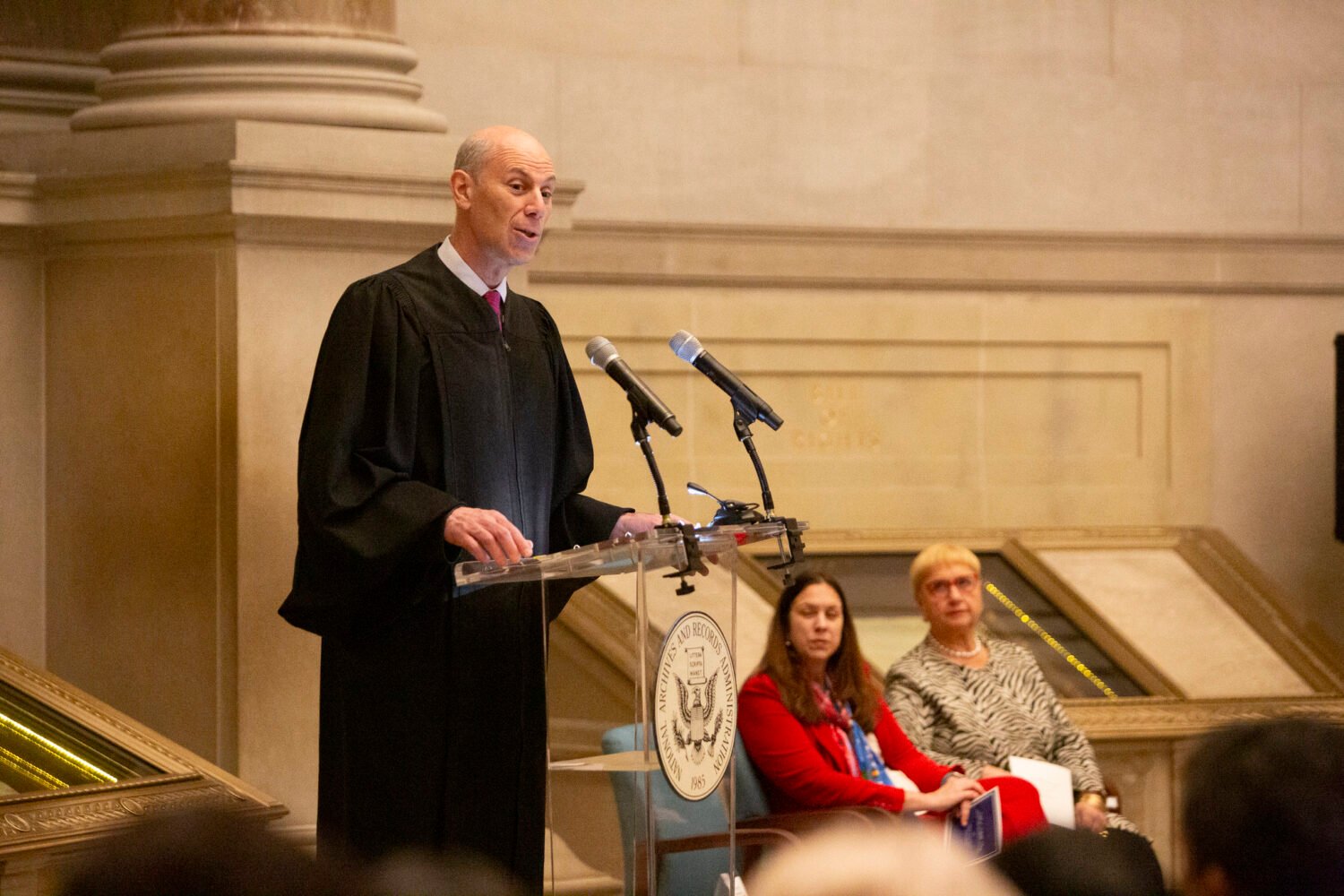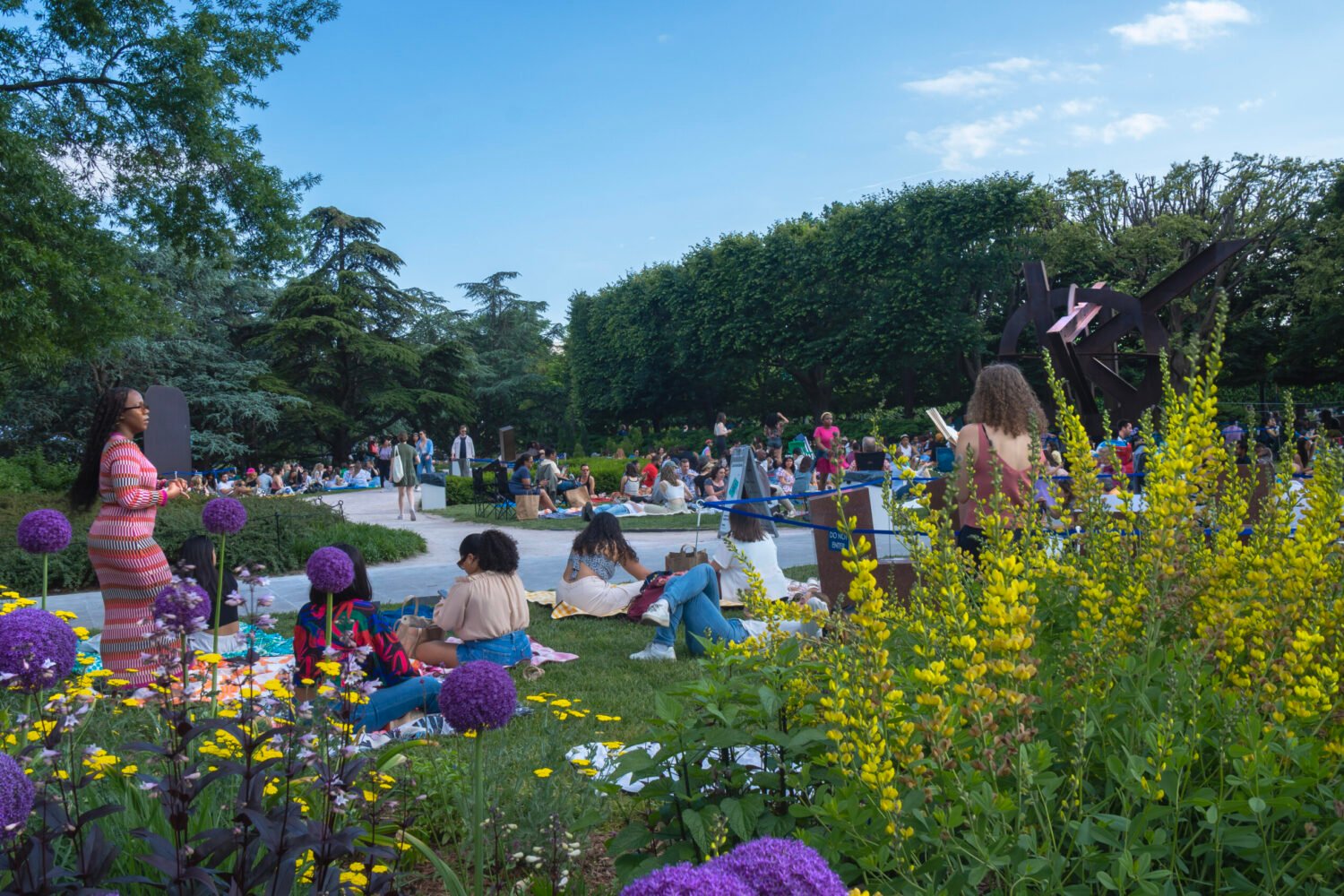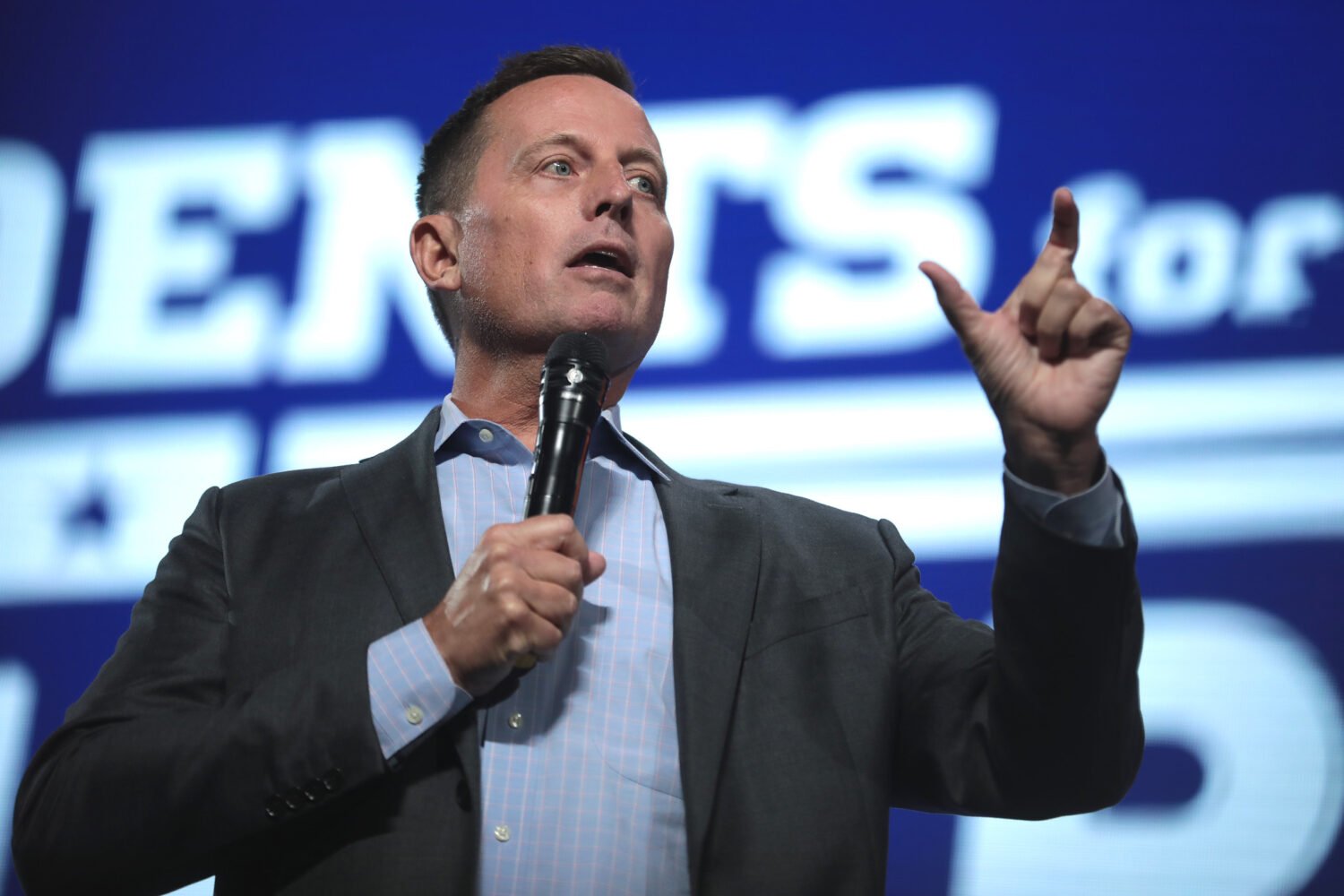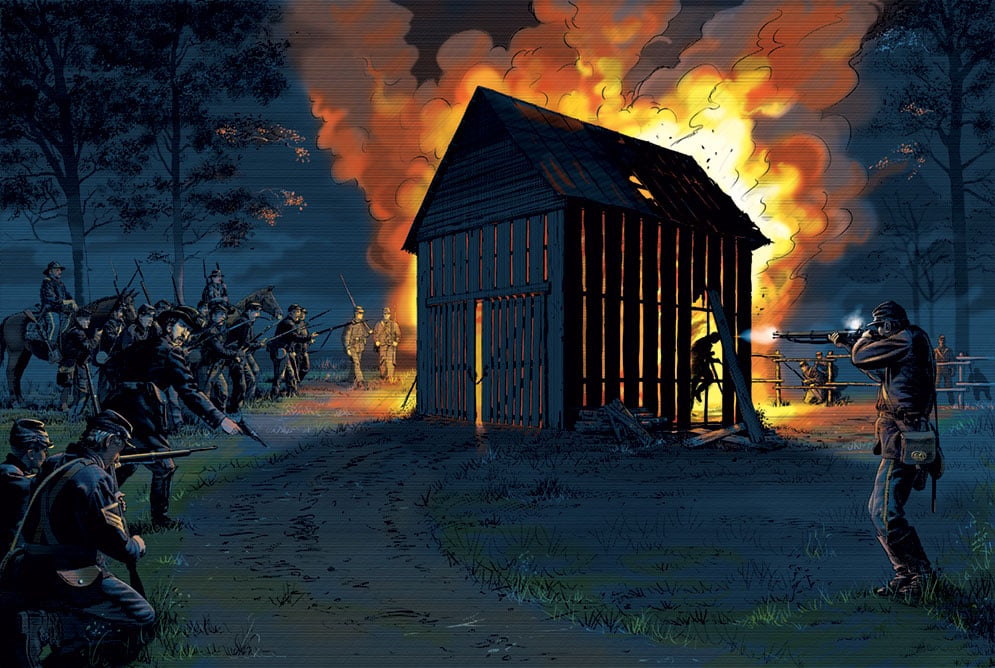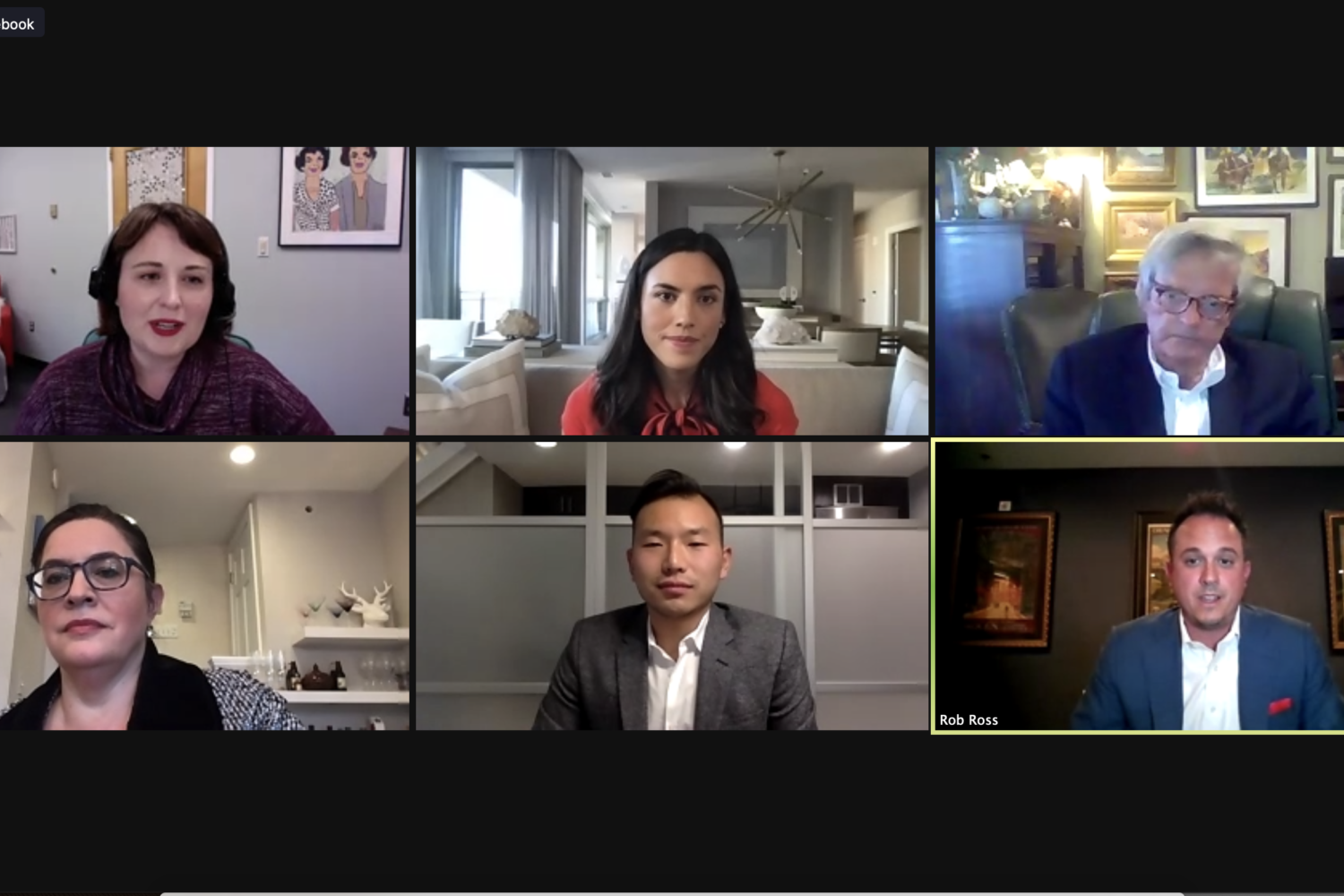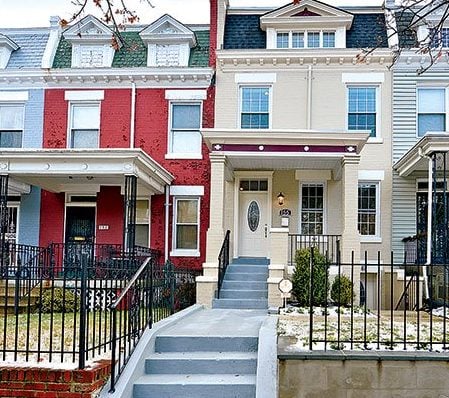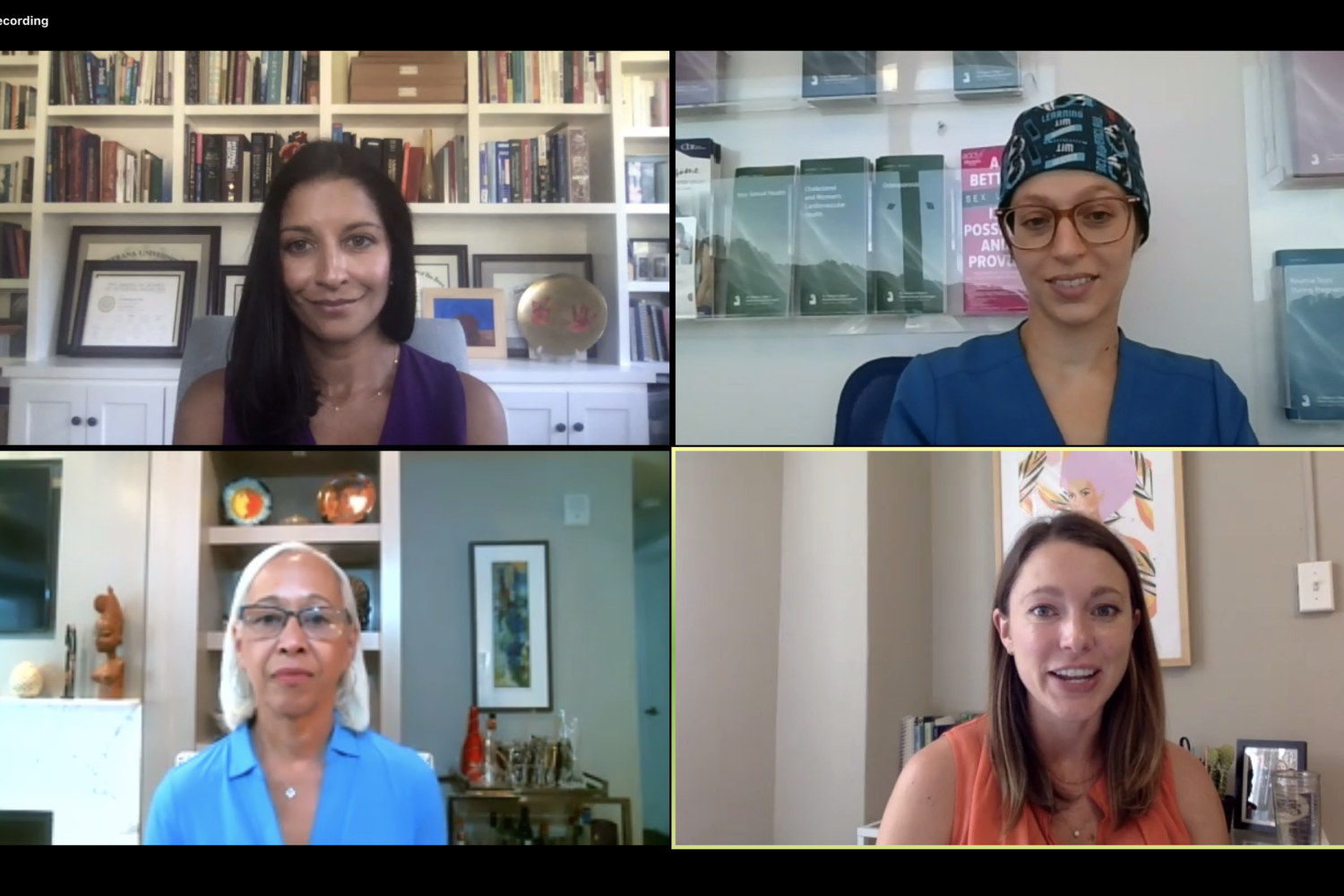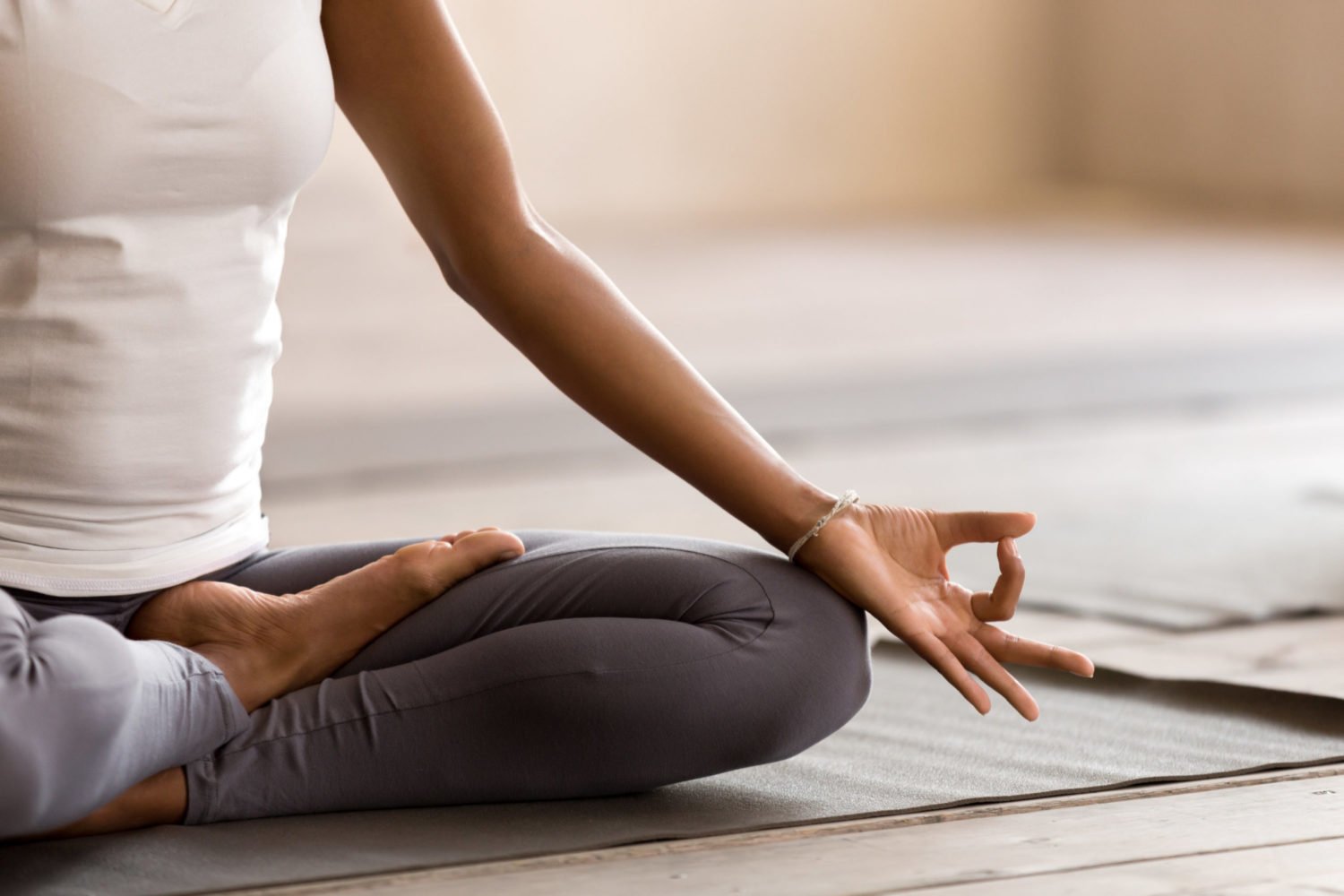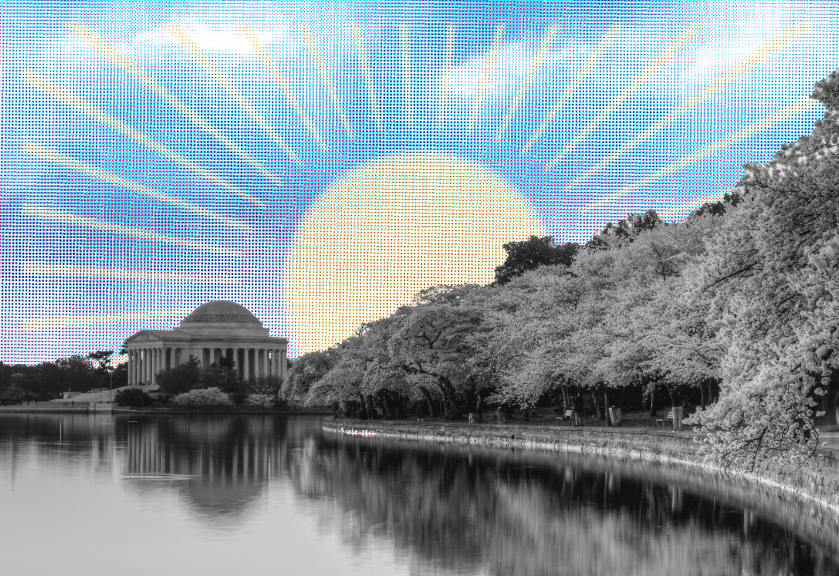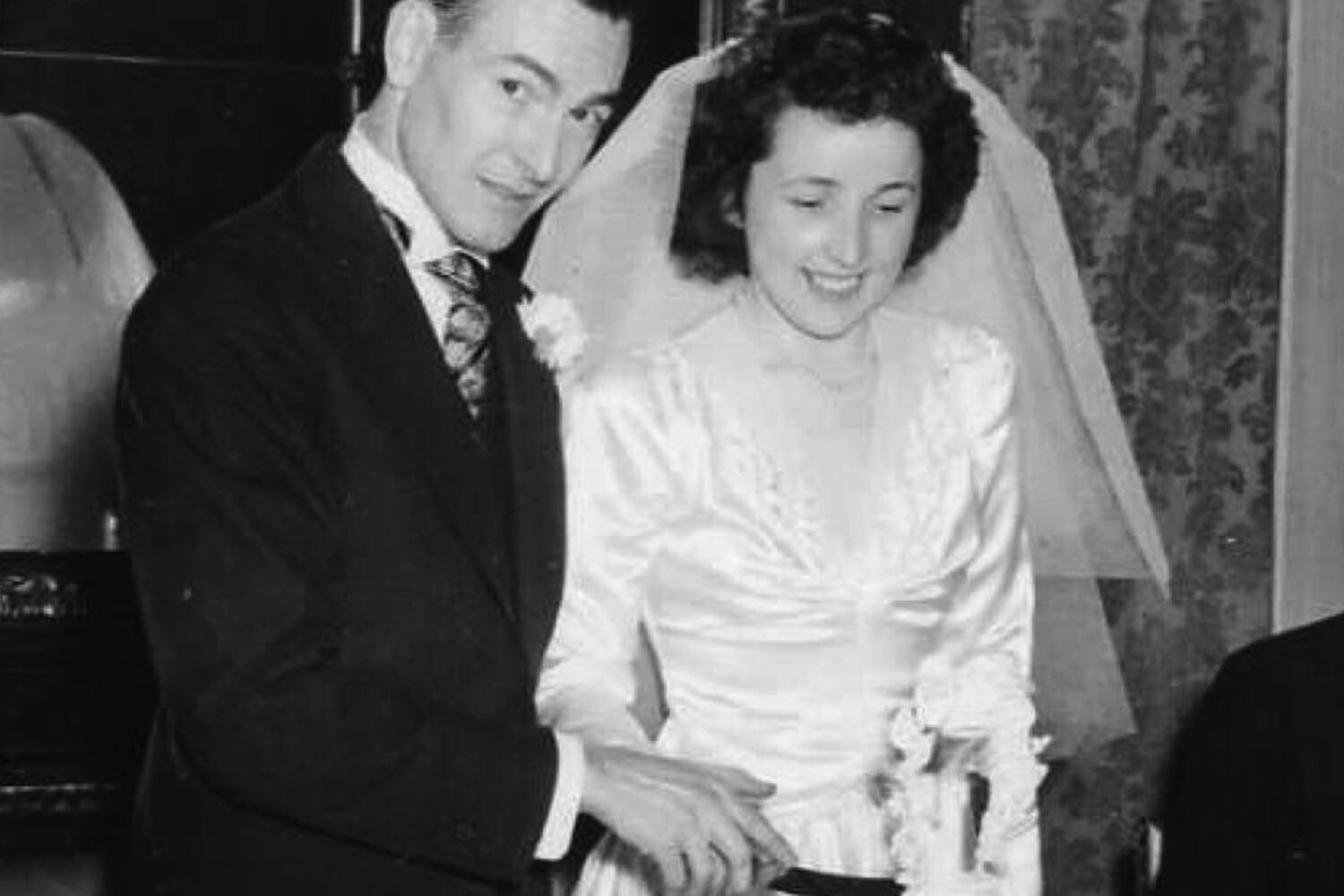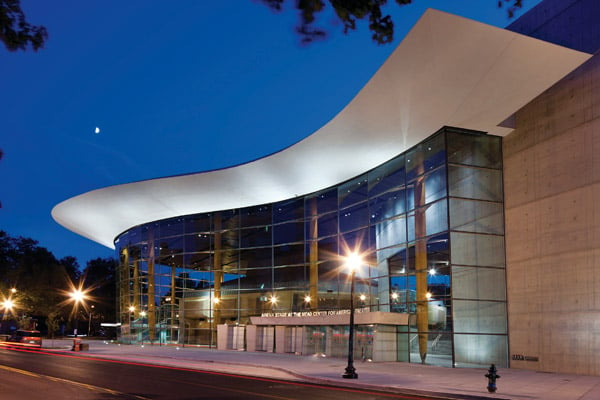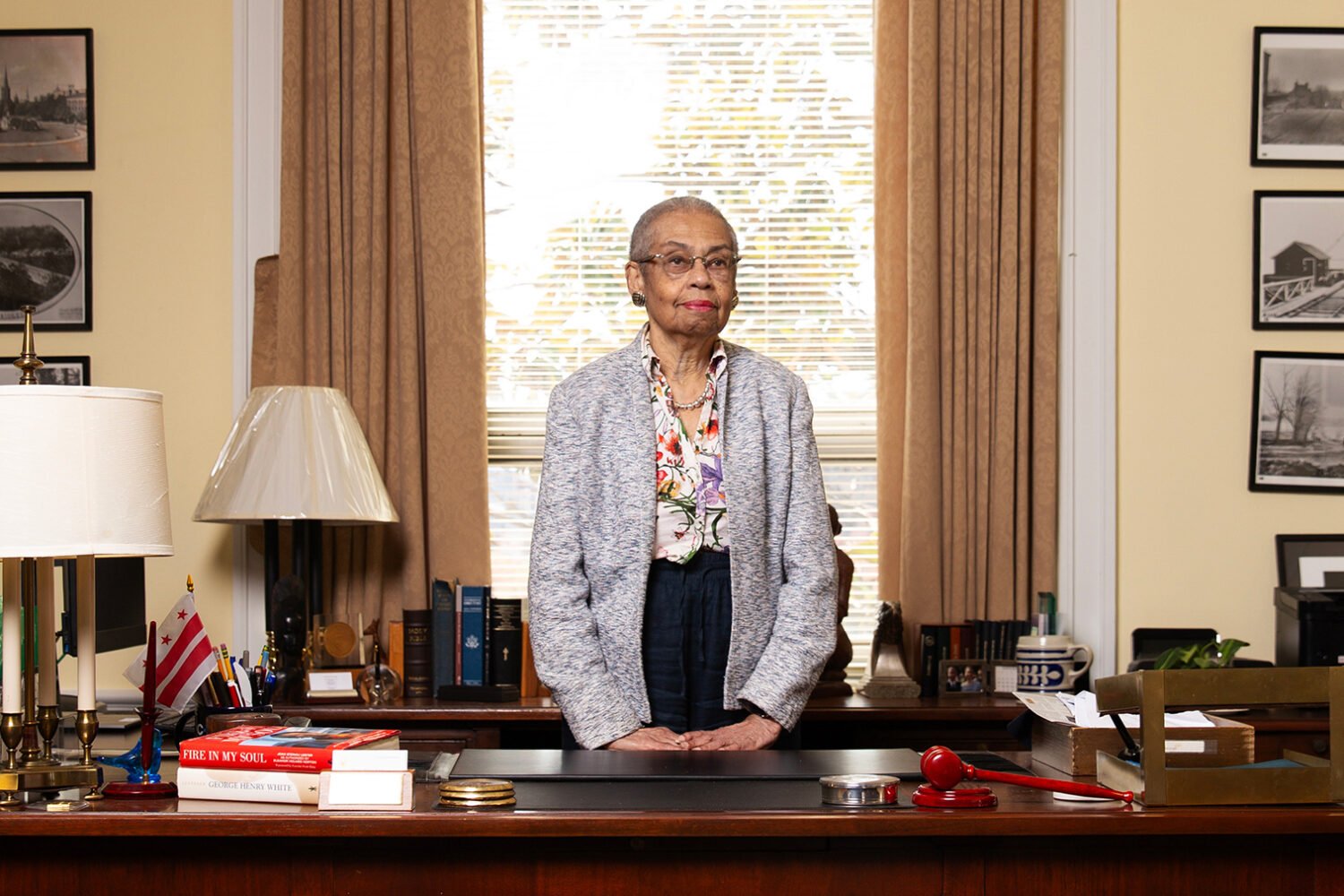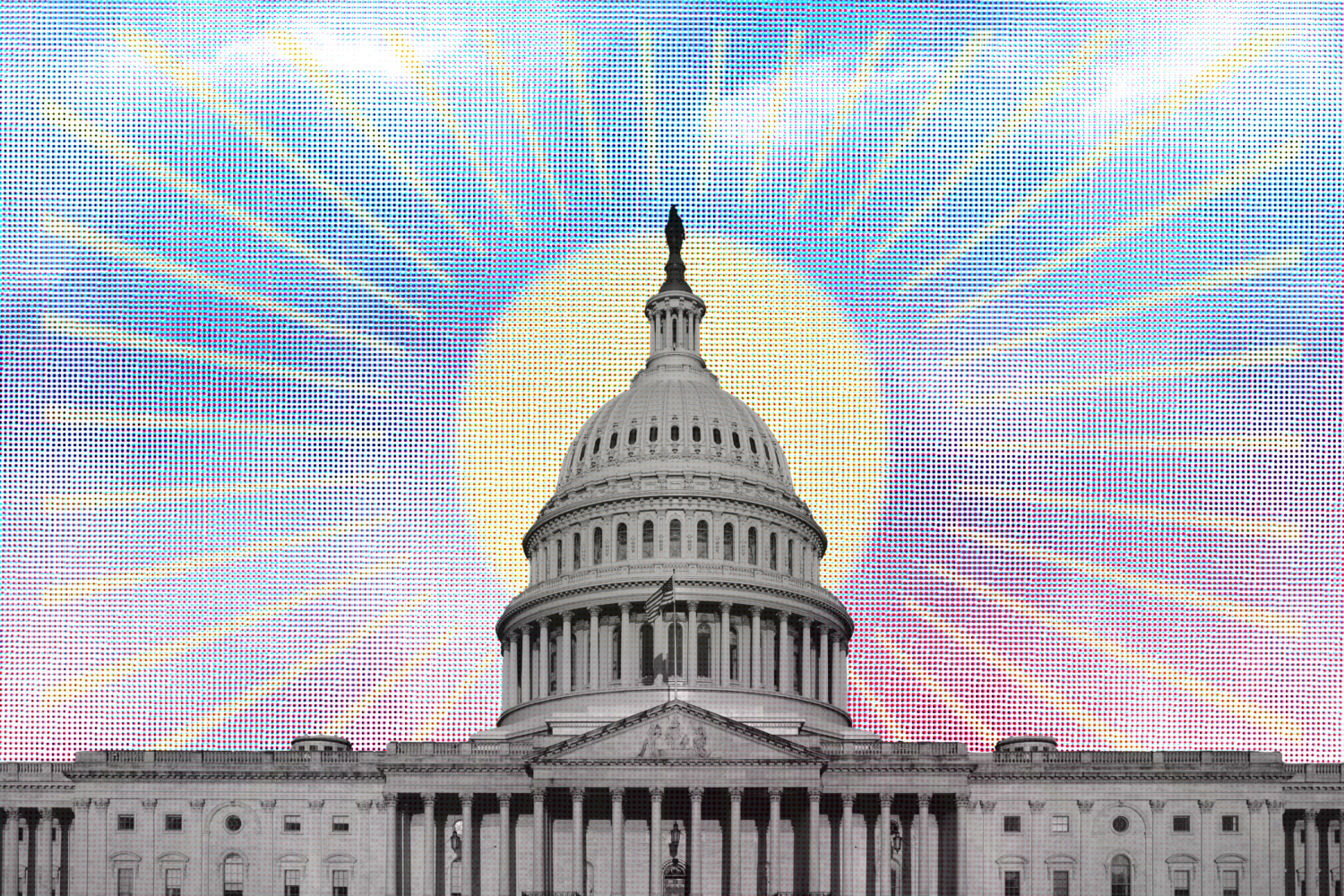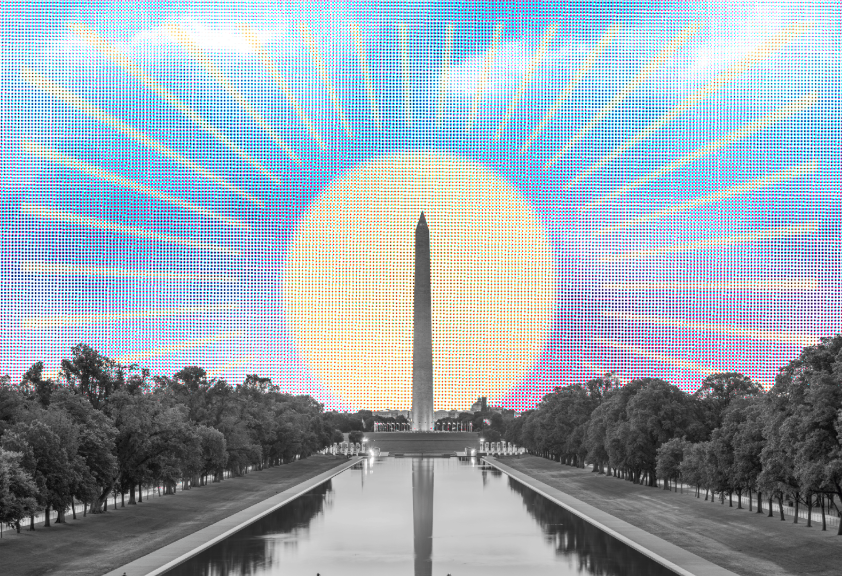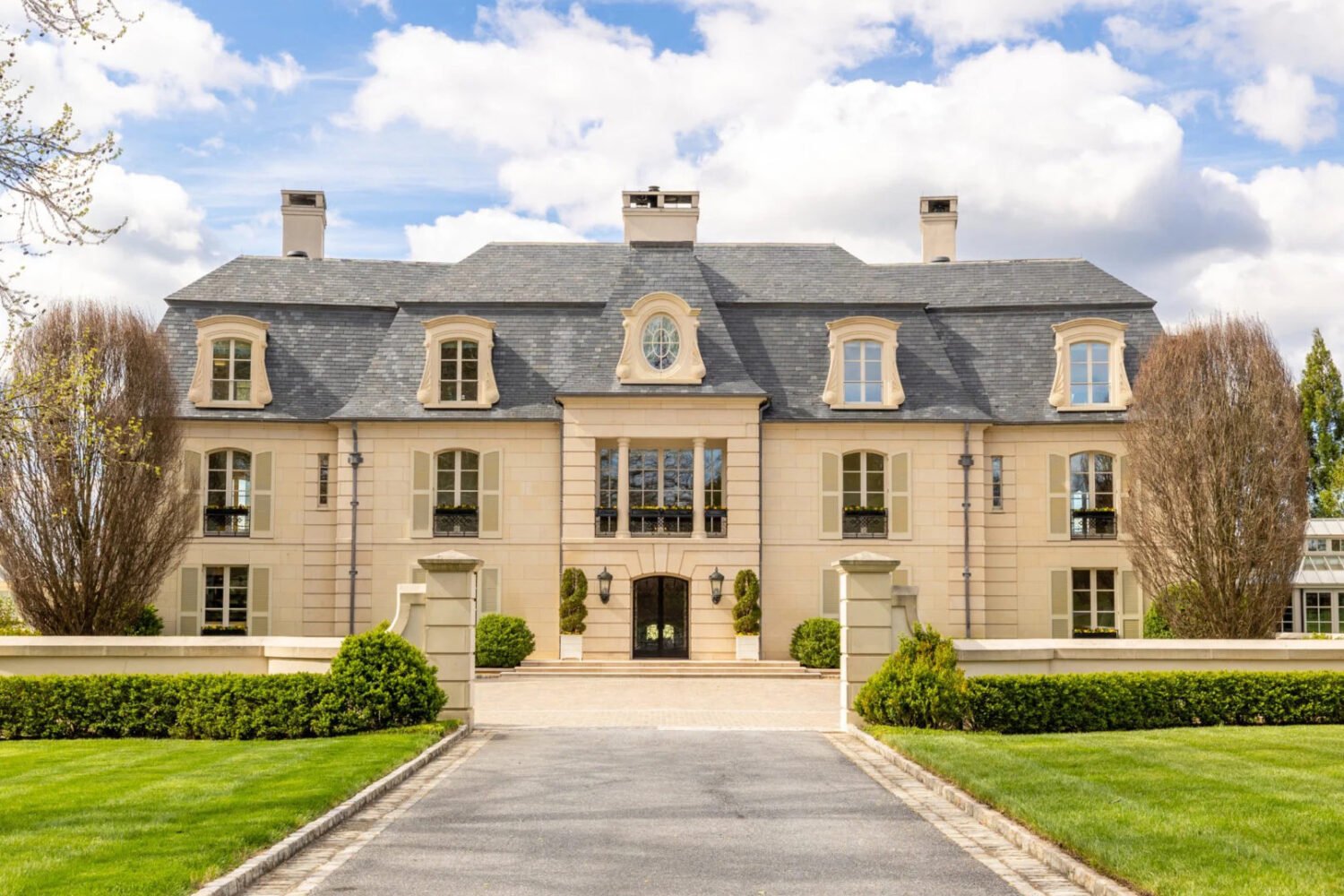“I don’t like to predict violence,” Martin Luther King Jr. told an audience at Washington National Cathedral on March 31, 1968. The mostly white crowd of 4,000 packed the cathedral and spilled onto the lawn.
“But if nothing is done between now and June to raise ghetto hope,” King continued, “I feel this summer will not only be as bad but worse than last year.”
Angered by poor living conditions, unemployment, and discrimination, African-Americans in 1967 rioted in cities across the country. Twenty-seven people died in Newark, 43 in Detroit.
Four days after his sermon at the cathedral—on Thursday, April 4—King was assassinated in Memphis.
At the busy intersection of 14th and U streets in Northwest DC—the heart of the District’s black community—the news arrived on teenagers’ transistor radios. People began to gather at the intersection, which was near the Washington office of King’s Southern Christian Leadership Conference.
Stokely Carmichael—a Howard University graduate who would later become a nationally known Black Panther—led a group of young men into nearby businesses, demanding they shut down as they had when President Kennedy was killed in 1963. Carmichael urged people to remain calm, but the crowd grew.
Rioters, many of them teenagers, smashed windows, looted stores, and started fires. They tossed Molotov cocktails into buildings and threw bottles, bricks, and rocks at firefighters who tried to put out the blazes. The mood was part anger, part exhilaration.
Eleven-year-old George Pelecanos happened upon King’s Washington National Cathedral sermon while in DC with his parents that day. As he roamed the crowd at the cathedral, he wondered what was holding the adults’ attention. Days later, he could see the smoke over the District from his home in Silver Spring.
In 2004, Pelecanos revisited 1968 in his 12th novel, Hard Revolution, a story that reaches its climax amid the riots. For research, he interviewed police officers, National Guard members, business owners, rioters, and other witnesses.
Virginia Ali and her husband, Ben, opened Ben’s Chili Bowl in 1958 on U Street near the theaters and jazz clubs that had made the neighborhood famous as “black Broadway.” The riots began just one block away, with a brick thrown through the window of the Peoples Drug at 14th and U. The Alis kept the restaurant open through it all; theirs was one of few businesses that went untouched.
On the 40th anniversary of the riots, we asked Pelecanos and Ali to reflect on the rioting and its aftermath.
“I Was Not Afraid”
Martin Luther King died at 8 pm on April 4. By 10, the crowd along 14th Street had turned violent. Off-duty police were called in, and a force of 2,500 law-enforcement officers managed to reestablish order in the early morning. By then, 150 stores had been looted and 200 people arrested.
Ali: I remember the sadness more than anything else. The radio stations were playing hymns, and people were coming in crying.
People were out of control with anger and sadness and frustration. They broke into the liquor store across the street and were coming out with bottles of Courvoisier. They had no money, these youngsters. They were coming into the Chili Bowl saying, “Could you just give us a chili dog or a chili half smoke? We’ll give you this.”
Pelecanos: One of the things that people don’t realize or that they misremember is that rioting is a lot of fun. It wasn’t all political. It was kids having fun: “Let’s go down there and get something. Let’s throw rocks through the windows and see what we can get.”
Ali: It had happened in so many other cities. We thought for a while Washington might be immune. We’ve got the government here, and we’ve got quite a few jobs. But still there was that fear.
Somehow I was not afraid in the restaurant. There’s something about this place that makes me feel safer here than at home.
“This Isn’t Over”
On Friday, April 5, rioting spread to other sections of the District, especially Seventh Street in Northwest, H Street in Northeast, and parts of Anacostia. Federal troops and the National Guard were called in; they would number more than 13,600. Mayor Walter Washington ordered a 5:30 pm curfew.
Pelecanos: The biggest mistake on the administrative side was not closing the schools and the government on Friday. Fourteenth Street had burned down, and officials thought it was over. But overnight, people all over the city had started talking about what was going to happen the next day. It got around by what they call the ghetto telegraph—the stoop, the barbershop, telephones.
Very early in the morning, the teachers and school administrators started freaking out because the students were out of control—they just started to walk out. Even down on the F Street corridor, which everyone thought was protected, you had kids running through Woodward & Lothrop screaming at people.
All of a sudden, panic started. People realized: This isn’t over. It’s just beginning, and we have got to get out of here.
Ali: I remember driving home and seeing droves of kids crossing over 13th Street near Cardozo High School. A group of them came and banged on our car. We had guests from Trinidad, and they were terrified. I was more intimidated by the National Guard standing outside our door with a big weapon than by the gangs.
We put a sign in the window that said soul brother. We were not the only ones who did that. It was supposed to identify an African-American business. Some of them were saved, but some were burned.
We were the only place that remained open during the curfew. Stokely Carmichael told me, “You are going to stay open. We need a place to meet to see what we can do to quell the violence. City officials and police officers will be coming here.”
I said, “There’s a curfew. How are my employees going to get through?” Next thing I know, we’ve got passes for the employees.
“A Flat-Out Miracle”
The riots continued on Saturday. Despite the chaos and demands from federal officials, Mayor Washington refused to order police to shoot rioters.
Ali: Near the front door, we had a cabinet with the electrical system. I opened it to turn on the lights in the evening, and tear gas came into my face. It must have come into the restaurant at some point and gotten trapped in the cabinet. It was stinging, and I was blinded.
I have relatives who lived way up past Park Road, about a mile from U Street; it was a nice area in those days. They said, “These people are moving uptown with their rioting and their burnings. I’m leaving town.”
People felt close to the riots because of television. You’re looking at it firsthand. Never mind that you live on Blagden Avenue and this is U Street—it’s still Washington.
Pelecanos: I’ve met National Guard guys who have told me how incredibly scared they were. They had chicken wire on the fire trucks because they were being pelted with bottles and rocks while trying to get to the fires.
I’ve talked to police who are bitter because they couldn’t use their weapons. I’ve also talked to police who are thankful they couldn’t use their weapons because they would have killed somebody and they would not want to live with that.
Mayor Washington probably saved hundreds of lives. Most of the people who died got trapped in burning buildings. It’s a miracle that nobody was shot on H Street or 7th Street or 14th Street. It’s just a flat-out miracle.
“Nobody Went Downtown Anymore”
The city smoldered on Sunday, but the worst was over. More than 800 fires had been started. Twelve people were dead and more than 1,000 injured. Rubble and charred buildings filled what had been vibrant neighborhoods—some are only now coming back to life.
Pelecanos: The people who lost the most were the people who lived in those neighborhoods. H Street was black Washington’s shopping corridor. You had Sears, Morton’s, Woolworth, and they employed thousands of black Washingtonians. All those jobs were gone, and people had no place to shop.
It virtually ended the downtown shopping experience. Nobody went downtown anymore. They were afraid.
Ali: Even my friends would say, “I want six chili dogs, but could someone bring them out to the car?”
Middle-class African-Americans had slowly started moving away with integration because the opportunity was there. You could move uptown and have a bigger yard, maybe a better school. Now people were afraid. Those who could afford to move away decided to.
This community had been so grand at one time, even though it was segregated. It was a community where everybody looked out for everybody else. If we were closed on Christmas Day, someone would call and say, “There’s a truck parked in front of your place. Is somebody supposed to be there?” That’s one of the things we lost.
After the riots, you’re seeing all these new people in the community. The slogans were “Black is beautiful” and “Power to the people.” You had the new Afro, the big hairdo. Some people, particularly the older people, used to see that as a militant thing, which it really wasn’t.
There were many boarded-up buildings, which made the neighborhood susceptible to drugs. In the 1980s, heroin addicts were on the corner by the hundreds.
Pelecanos: To my young eye, the people had changed. They were standing taller, even wearing brighter clothing. I distinctly remember these big earrings with silhouettes of women with Afros that said black is beautiful.
This was still a south-of-the-Mason-Dixon-line city, but there was a different vibe. The riots made white people afraid, and through that fear they said to themselves, “Yes, things do have to change.” They needed to be shocked a little bit. They needed to understand that nobody was going to wait another 25 years to get equality.
Ali: I don’t think young people understand the struggle during that time. My kids say, “What do you mean you couldn’t go downtown and eat in a restaurant? What do you mean you couldn’t go to Garfinckels and try on a hat?” That’s unreal to them.
When I look back at those riot tapes, I’m amazed we withstood it. It was a tragic time. We lost Dr. King, and I don’t think we’ll ever have a leader as passionate about nonviolence.

